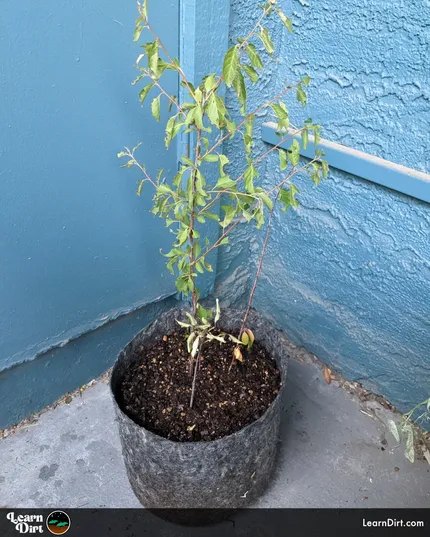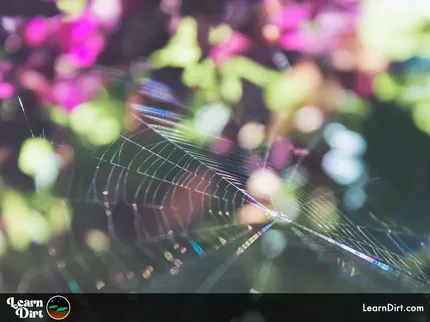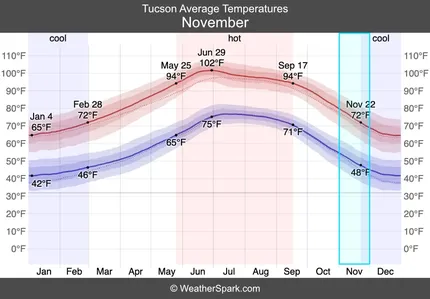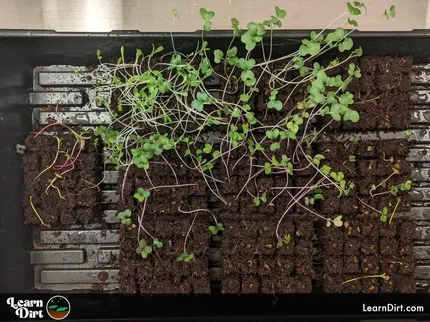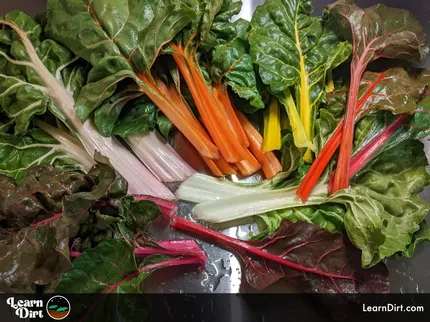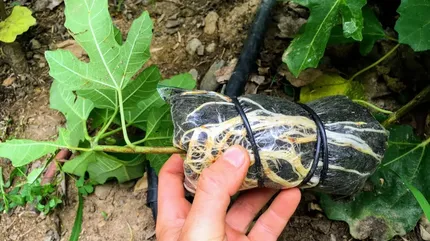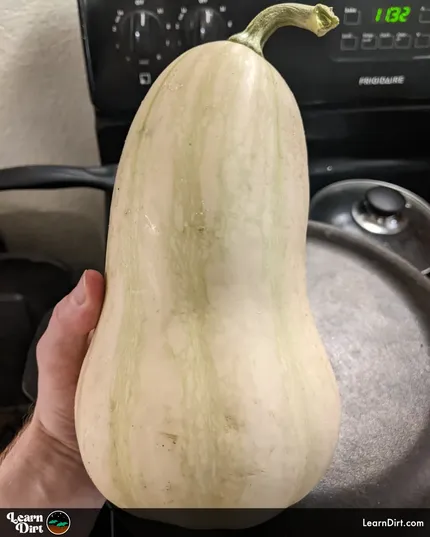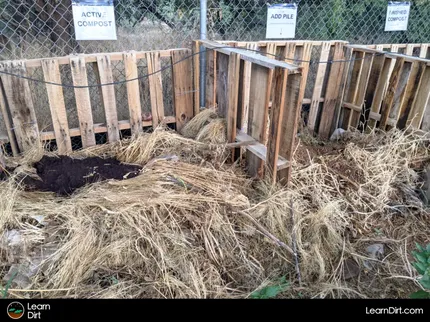Table of Contents
* Our articles never contain AI-generated slop *
Curious about Tucson garden soil? Here we'll look at the native desert soil, ways to improve it, and what to add to your garden dirt to help your garden to thrive in this harsh climate.
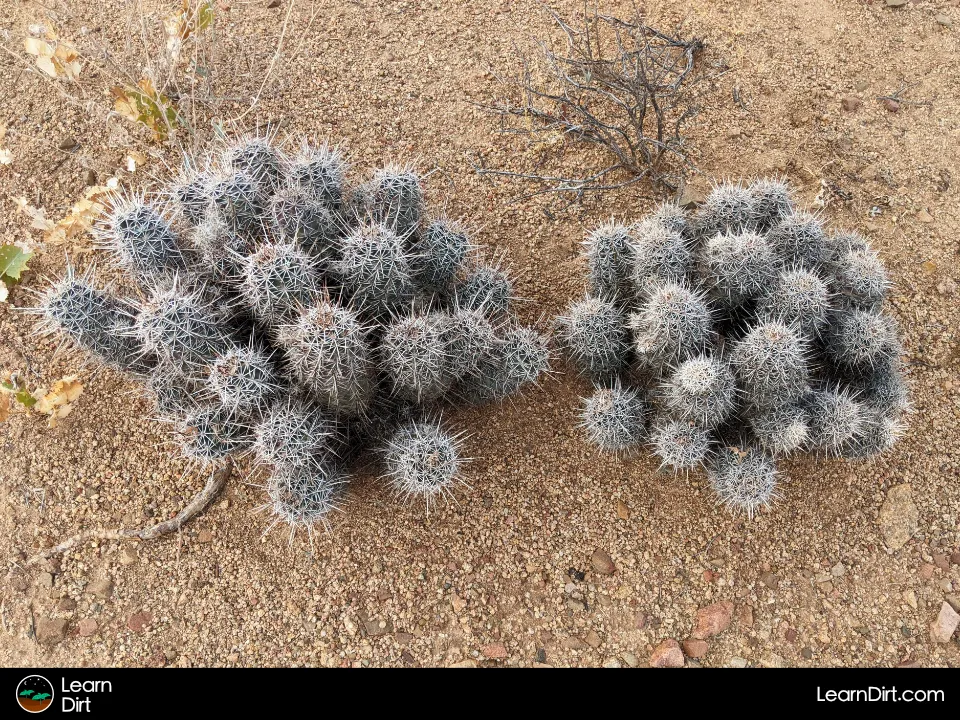
Tucson Native Soil
In Tucson, native soil quality ranges from very poor to absolutely abysmal - at least for the purpose of veggie & herb gardening.
High salinity, high alkalinity, extremely low organic matter content (<1%), and compaction all lead to extremely difficult growing conditions.
Disclaimer: This post may contain affiliate links. Refer to the privacy policy for more information.
Improving Tucson Dirt for Gardening
Most of your effort as a Tucson gardener must be directed at remediating the soil. This is not a climate where 1 or 2 bags of compost or manure will make any noticeable difference in your garden. Instead of bags, think in terms of truckloads.
Soil-Building in Tucson
The process of soil-building is a core pillar of regenerative gardening, and comprises the actions taken to improve soil quality, nutrition, structure, moisture holding capacity, and microbiome health.
The following methods are just some of the ways you can improve the quality if your Tucson soil over time for gardening.
Composting
Because organic matter is more scarce here in the desert than in wetter climates, it's critical that we reuse and recycle the organic matter that we do have.
Composting is one of the primary ways of doing that.
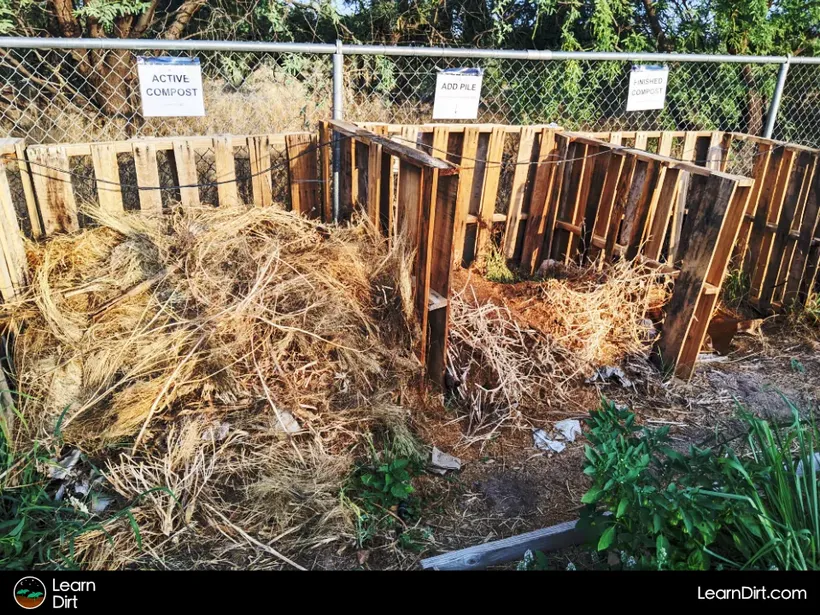
Mulching
Mulching is so important in a hot dry climate like Tucson because it locks in moisture and keeps the sun from absolutely scorching your dirt.
Join The Grower's Community
Your space to connect, learn, and belong 🌱
Check It Out!
Mulch also soaks up moisture when it does finally rain, and helps retain it.
Over time, it breaks down and forms a new layer of rich soil in its place.
Remember to keep adding mulch every season to keep building up new layers as they break down. Over time your soil will slowly transform into something truly magic.
It's also important to mulch on top of your drip lines, so that moisture is already locked in and has less chance of immediately evaporating in the hot sun.
Let's look at some ideas for different materials you can use as mulch:
Wood Chips
Free wood chip deliveries from local arborists or from Chip Drop are a great start. Amass as much organic matter as you possibly can if you plan to grow in the desert. Your soil will need it.
If you've got enough land to work with that you're brushing and tree trimming with any frequency, strongly consider investing in a wood chipper.
Because many of the native trees are legumes, they produce their own nitrogen (pulling it from the air via symbiosis with nitrogen-fixing bacteria).
Chipping up the trimmings from mesquites, for instance, provides both a carbon and nitrogen input on your land which can be utilized as garden mulch.
Wood Shavings
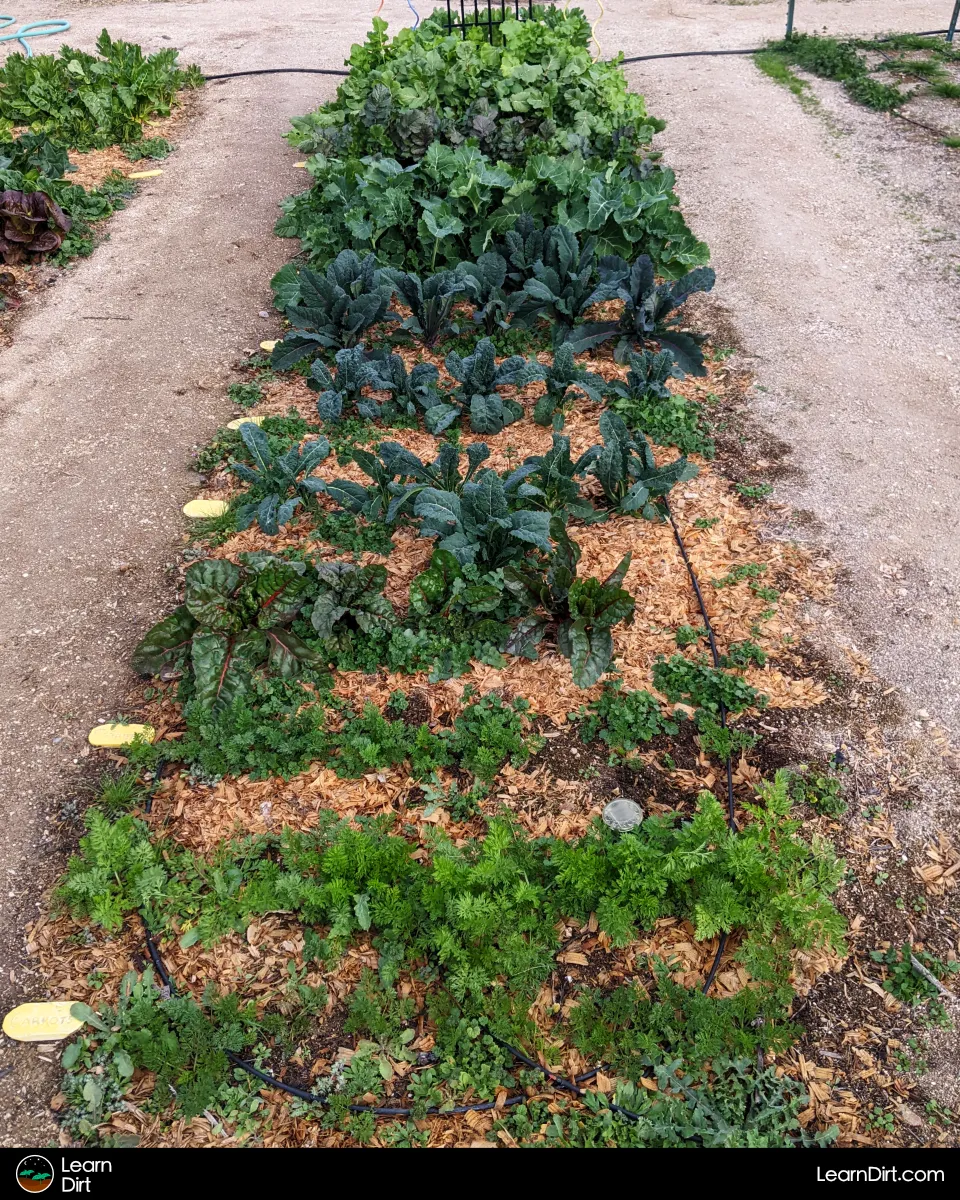
Sawdust
Like the chips and shavings above, sawdust is also a great mulch - though it may need to be topped with something else to keep it from blowing away. Watering it on windy days can also help keep sawdust in place.
Just be sure that your sawdust isn't from treated or stained wood which may contain some nasty chemicals you don't want in your garden.
Hay and Straw
Both hay and straw are available in Tucson, typically sold as animal feed and bedding.
These can provide a valuable mulch for your garden, especially in the early days before you begin growing your own mulch.

Bales are large and heavy, but relatively inexpensive at local feed stores.
If you don't have anything else to mulch with, think about grabbing a bale or two to help cover and protect your soil.
No-Till
Because the native soil in Tucson starts off with such poor quality, this is no environment for destructive short-sighted practices like heavy tillage.
If you want to improve the soil over time you'll have to think more innovatively than that.
If you're serious about improving the soil for gardening and growing produce, no-till is of critcal importance. Learn it, understand it, research all the downsides of heavy tillage and put no-till into practice in your garden as soon as possible.
To read about no-till, check out our No-Till Garden Guide.
Cover Crops
Cover crops are one of the most important tools in your toolbox for soil improvement.
Dig Cool Merch?
Because the soil in Tucson needs so much work to get it up to a quality that will allow you to grow veggies and non-native food crops, you should take the time to learn everything you can about them.
We've got a ton of resources on this site about covers because they're so critial for soil-building:
- Why Should I Plant Cover Crops?
- Benefits of Cover Crops for Tucson Gardening
- Best Cover Crops for Tucson
- Alfalfa as Garden Cover Crop in Arizona
- Cover Crops Alongside Main Crops
- Undercrop Guide
- Cover Crops for Compacted Soil
- How to Terminate Cover Crops
- How Do You Sow in Cover Crop Residue?
One great approach to cover crops which allows you to easily learn as you go is to buy a diverse cover crop mix and just broadcast them in your garden and see what happens.
You'll quickly see which ones work for you and which don't. Try it in every season to learn the best timing of various cover crops in your unique microclimate.
You'll also fall in love with some, while finding others to be more trouble than they're worth - a valuable learning experience.
Chop and Drop
Chop and drop is the utilization of plant trimmings, leaves, and stalks as mulch - typically in situ (right where they're grown).
This pairs with the cover crops above to allow you to pull atmospheric carbon and nitrogen from the air into your cover crops, and then mulch in place with them.
Like any other mulch, the cover crops protect your delicate soil microbiome - keeping the harsh sun off by day and locking in warmth on cold nights.
Unlike buying or transporting mulch from outside your garden system, however, cover crops can be grown on your land as a constant fresh supply of mulch - making it unnecessary to bring in any outside materials or to pay for more than some seed.
Check out our Chop and Drop Guide to learn all about this method.
Additional Resources
Be sure to check out the rest of this website, as regenerative gardening is our primary focus and is exactly the mindset that will result in long-term improvements in your soil quality - so important for the Tucson dusty sand.
That's all for now, thanks for reading!
If you have any questions, comments, or would like to connect with fellow gardeners, head on over to the forum and post there.

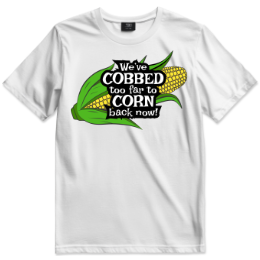
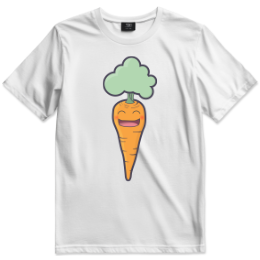

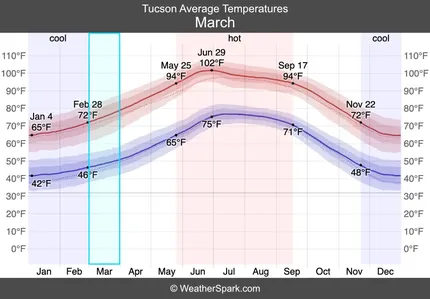
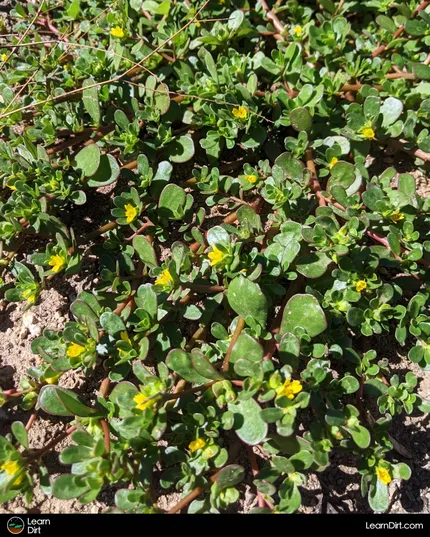
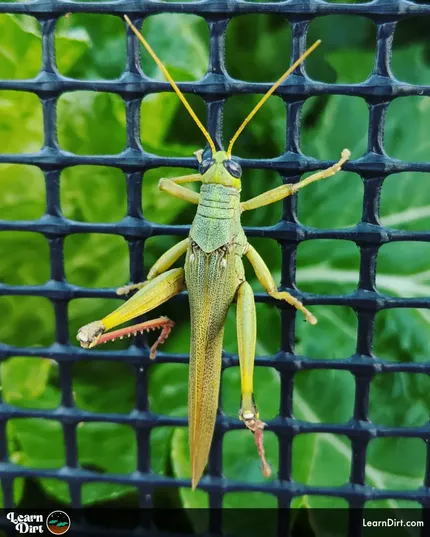
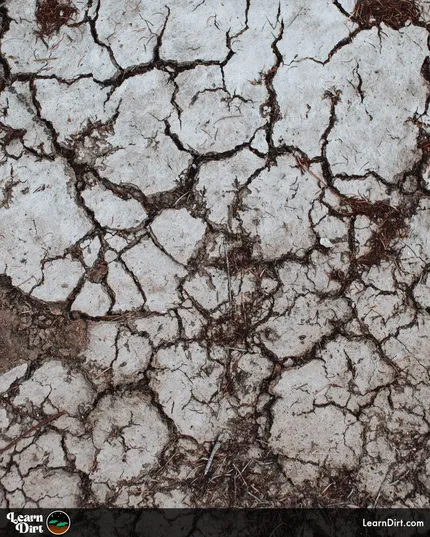
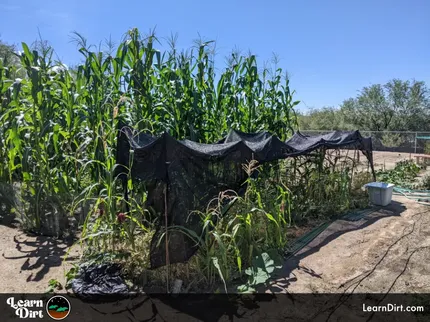
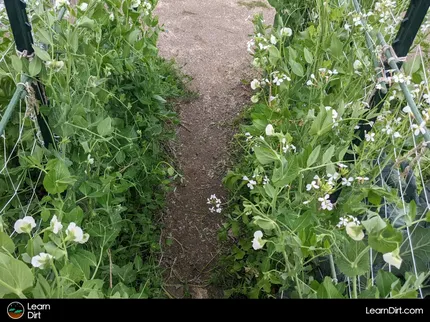
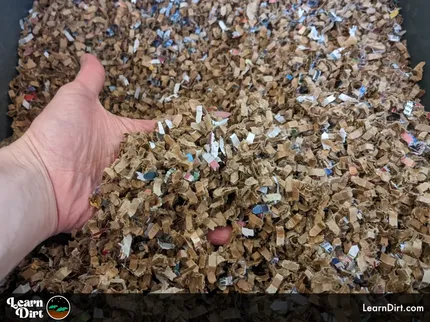
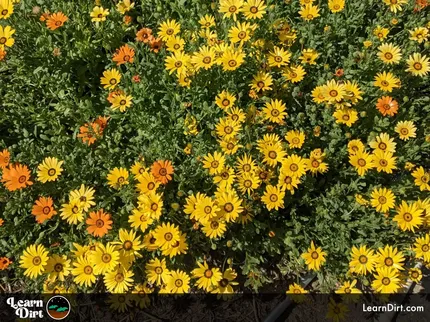
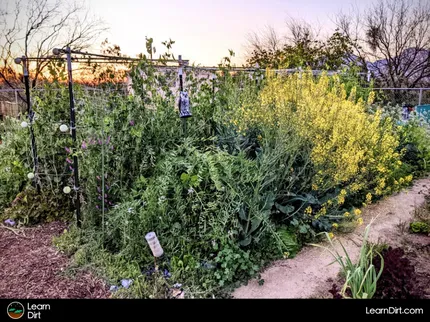
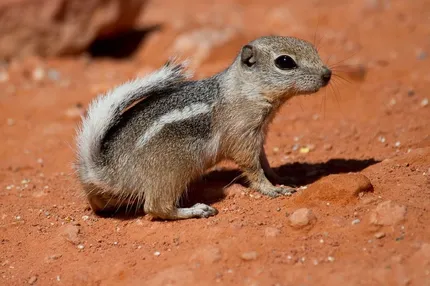
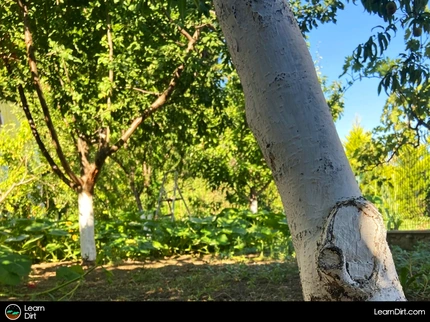
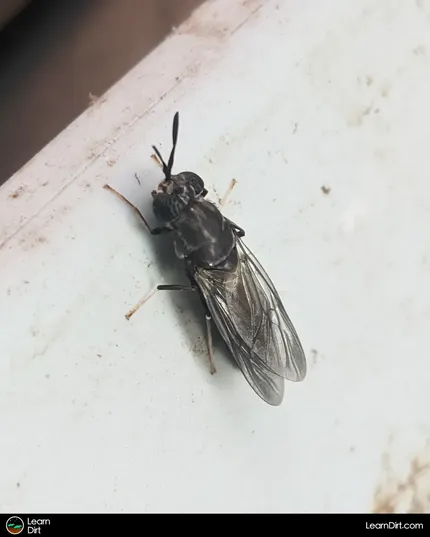
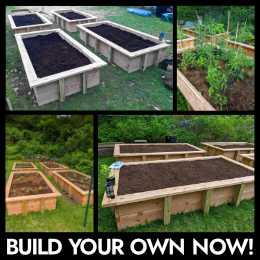

![Black Dirt Live Again [Green] T-shirt](/media/product_images/black-dirt-live-again-[green]_shirt_260x260.png)
